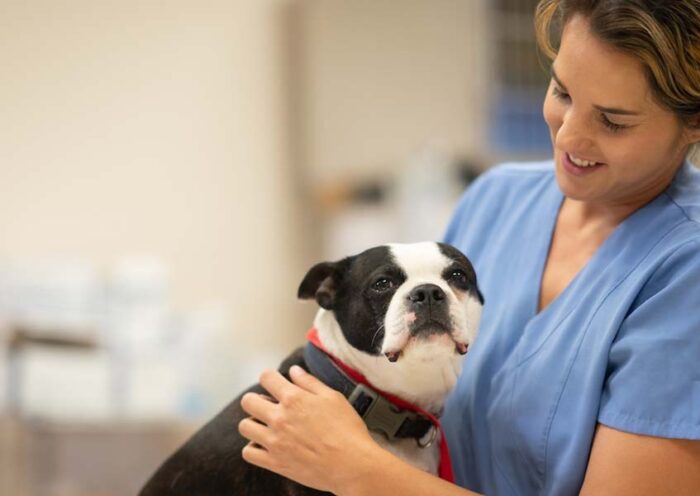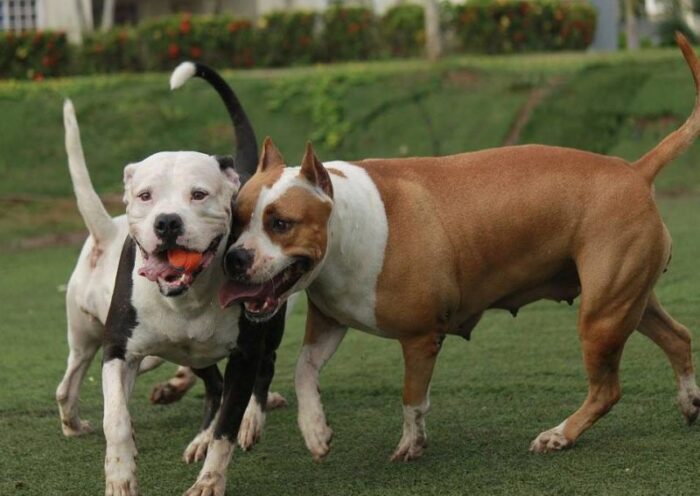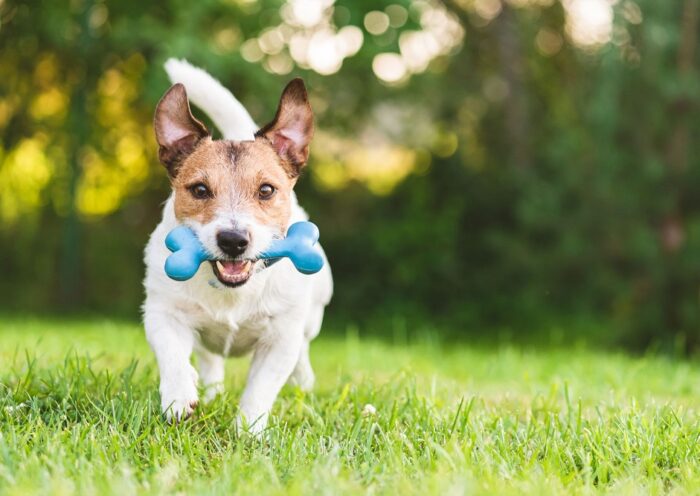
Understanding Dog Hot Spots: Causes, Treatment, and Prevention
Among the common ailments that dogs can suffer from, one that stands out is the dreaded “hot spot.” Also known as acute moist dermatitis, a dog hot spot can cause discomfort and pain to our furry friends. In this article, we will delve into the causes, treatment, and prevention of this troublesome condition to ensure our dogs lead a happy and healthy life.
What Does A Hot Spot on A Dog Look Like?
A dog hot spot is an area of inflamed, red, and moist skin that can appear suddenly and spread rapidly. It is essentially a localized bacterial infection that affects the skin and can be found anywhere on the dog’s body. The most common hot spot locations include the neck, hips, thighs, and base of the tail. Dogs with hot spots often exhibit intense itching and scratching behavior. They may repeatedly lick, bite, or scratch the affected area in an attempt to relieve the discomfort caused by the inflammation and irritation. As the hot spot progresses, the oozing fluids can dry and form crusts or scabs on the surface of the affected skin. These scabs can further contribute to the dog’s discomfort and may become a target for continued scratching or chewing.
Causes of Dog Hot Spots
Hot spots typically arise when a dog’s natural skin defenses are compromised, leading to bacterial overgrowth. Several factors can trigger the development of hot spots:
- Allergies
- Poor Grooming
- Underlying Skin Conditions
- Stress, boredom, or anxiety
- Bites from fleas, mites
How Long Do Hot Spots Last on Dogs?
In general, with proper treatment and care, hot spots can start to improve within a few days and typically heal completely within one to two weeks. However, it’s important to note that every case is unique, and the healing time can vary from dog to dog.
Early intervention and appropriate treatment are key to speeding up the healing process.
Treatment of Dog Hot Spots
When you notice a hot spot on your dog, prompt treatment is crucial to prevent it from worsening. Here are the steps you can take to help your furry friend heal:
- Gently Clean the Area: Trim the fur around the hot spot to expose it to air and gently clean the affected area with a pet-safe antiseptic solution. Avoid using products that may sting or irritate your dog’s skin.
- Topical Medication: Apply a veterinarian-recommended antibiotic or corticosteroid cream to the hot spot to help reduce inflammation and promote healing.
- E-Collar or Protective Coverings: To prevent your dog from further irritating the area, consider using an Elizabethan collar or specialized coverings to restrict access to the hot spot.
- Address Underlying Issues: If the hot spots are recurrent or linked to allergies or other skin conditions, work with your veterinarian to identify and address the underlying cause.
- Antibiotics or Oral Medication: In severe cases, your vet may prescribe oral antibiotics or other medications to control the infection and alleviate your dog’s discomfort.
Related: Dog Hot Spot Healing Stages
Prevention of Dog Hot Spots
As the saying goes, prevention is better than cure. Here are some measures you can take to reduce the likelihood of your dog developing hot spots:
- Regular Grooming: Brush your dog’s coat regularly to remove tangles and mats, which can trap moisture and cause skin irritation.
- Keep Them Dry: After swimming or baths, ensure your dog’s coat is thoroughly dried to prevent excessive moisture retention.
- Flea Control: Use veterinarian-recommended flea preventatives to protect your dog from flea infestations, which can lead to excessive scratching.
- Balanced Diet: Provide a balanced and nutritious diet to support your dog’s overall health and skin condition.
- Environmental Management: Minimize exposure to potential allergens in your dog’s environment, such as dust mites or certain plants, to reduce the risk of allergic reactions.
In Conclusion
Hot spots can be uncomfortable and distressing for dogs, but with prompt treatment and proper preventive measures, their occurrence can be minimized. Regular grooming, maintaining a clean and dry coat, and addressing any underlying health issues or allergies are essential steps towards preventing hot spots. Remember, if you notice any signs of a hot spot on your dog, consult your veterinarian for appropriate diagnosis and treatment. With care and attention, we can help our furry companions avoid the discomfort of hot spots and enjoy a happy, healthy life.





